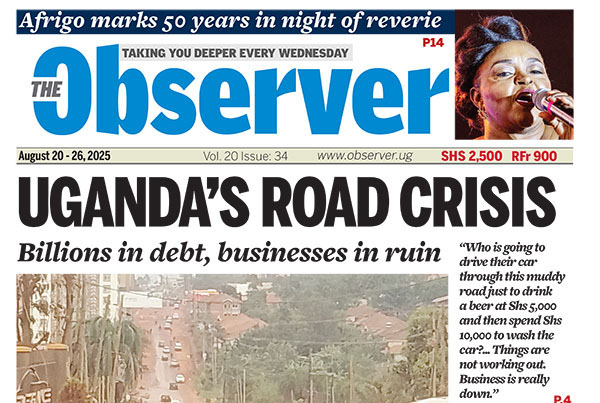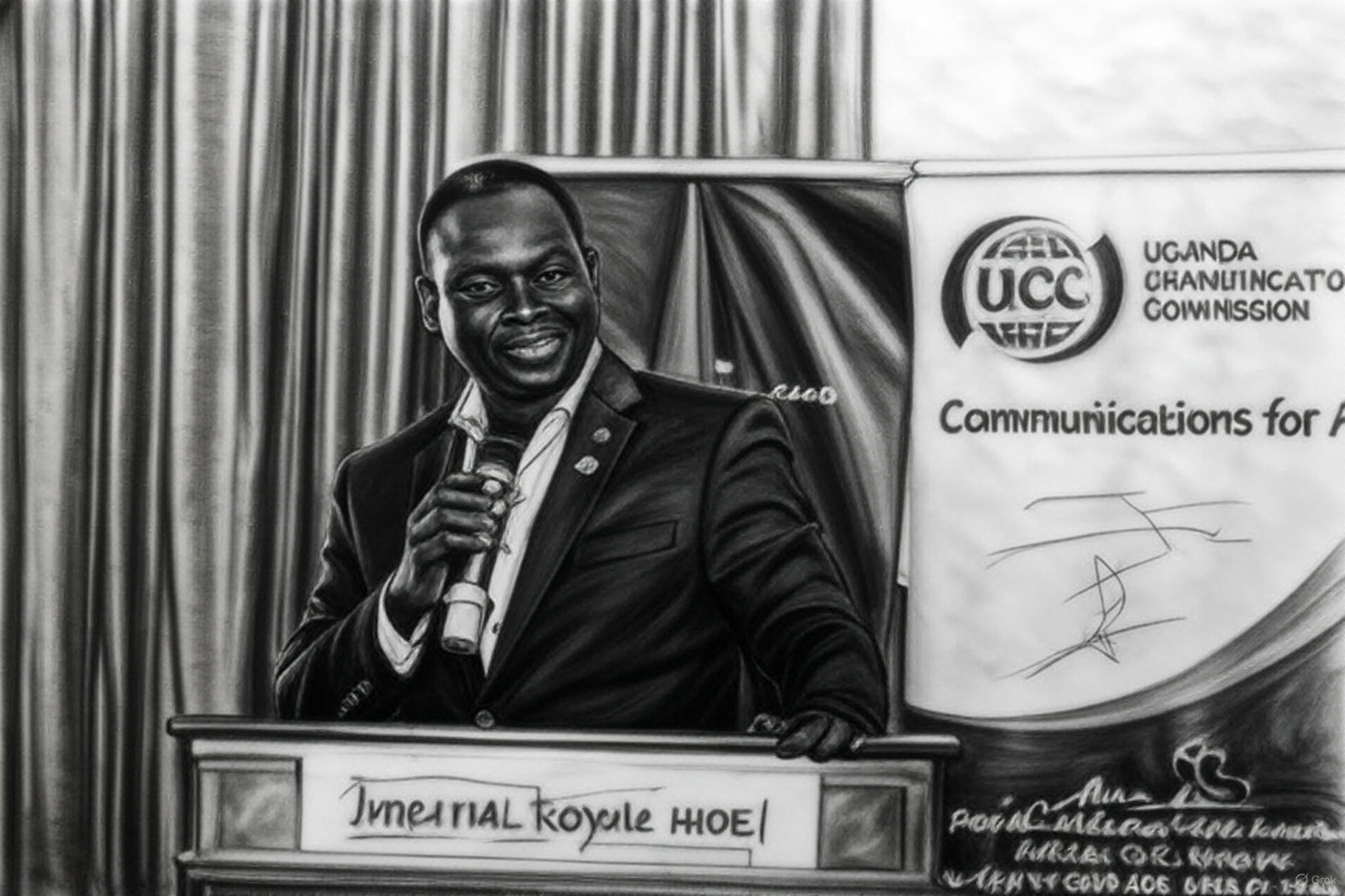In December 2015, when President Museveni held a rally in Soroti Municipality, he announced that Tirinya Health Centre IV would be converted into a general hospital.
He also said that Kamuda Health Centre III would be upgraded to Health Centre IV by 2020.
Yesterday at a rally in Soroti city, Museveni said, “We are upgrading Tirinya HCIV to a general hospital, Kamuda HCIII to HCIV, and several HCII facilities to HCIIIs across sub-counties.”
None of the journalists present, including those who covered him in 2016, noted in their news reports that this particular promise had been recycled.
Instead, a quick look at the news reports from the president’s rally yesterday focused on what he said and the “massive” crowd that turned up for the rally. This applies to both mainstream media organisations and online news portals.
An NBS TV or UBC TV typical news report about Museveni’s rallies usually starts with a video of Museveni making a ‘grand’ entry into the venue, sandwiched by the crowd. The video, most times, is meant to emphasize the size of the crowd, which is a hot potato issue in our fractured, issueless politics. Thereafter, the journalists proceed to give a narration of what Museveni said at the rally, leaving a few seconds for the president’s actual words.
For the New Vision, its front page always carries a picture of a crowd at one of Museveni’s rallies, which occupies three-quarters of the page. Then inside, they cobble a story about what the president said, without analysis or interrogation of the issues raised.
Daily Monitor and NTV were barred from covering Museveni’s campaigns, so they often rely on the footage sent by the Presidential Press Union (PPU), from which they can’t do much. However, their coverage of Robert Kyagulanyi, aka Bobi Wine, and other candidates has not been very imaginative. They have not deeply examined some of the promises made, nor have they teased out interesting story angles.
Media houses struggle to find experienced journalists to cover 2026 elections
As someone who covered three election campaigns (2006, 2011, and 2016), it is not easy for reporters to always find new angles to stories, especially when the candidates keep saying the same thing at every campaign stop.
Yet they can if they thought harder and deeper; there are so many interesting stories that can be hushed out of a campaign (by the way, a cheeky story about a candidate repeating himself at every rally would also make for good reading but it could get you in trouble with some candidates).
Here are five ideas on how election/ campaign reporting in Uganda can be made more interesting and imaginative by those on the ground.
First, journalists must tell the human side of the campaigns. What does a typical day look like for Museveni, Bobi Wine, or Nandala Mafabi on the trail? When do they wake up? Who plans their rallies? How do campaign teams manage logistics, meals, transport, and crowd mobilization? Do some candidates ferry supporters to venues as has been claimed?
A story or two focusing on these would give audiences a fresh, insider perspective of the rallies.
Second, they need to track promises and trends. As pointed out at the start, a good reporter should be able to know what the candidate has said before in those particular areas. Why not spare one hour to read up before the rally? What Museveni said in Kumi, Soroti, Mbale, and Masaka in 2021 or 2016 is freely available on the internet.
This means that rather than just quoting promises of a candidate, journalists can analyze them by comparing current pledges with those from past elections. Were they fulfilled?
Third, some stories need to focus on the citizens or people in the area as opposed to candidates. Why does Museveni, who lost in Teso in 2016 and 2011 to Dr Kizza Besigye, now appear to have massive support? Talk to youth, opinion leaders in Teso, boda boda cyclists, teachers, elders, and others to find out what could have led to this change. Focus on the people, not candidates.
Fourth, the campaigns have been colourful in some parts. When Museveni campaigned in West Nile, the picture of women, smartly dressed in yellow gomesis marching in a single file with pots on their heads, was eye-catching.
The campaigns have also been full of music and humour. Why not write a news feature or video story exploring this side of the campaign?
Yet the most important point, in my view, is providing more context and analysis to election reporting. Many stories I have read or viewed stop at “who said what.” Reporters on the trail ought to go deeper by asking: Why are certain issues dominating the campaign?
What do these promises mean for policy or governance? If a candidate, for instance, promised to increase primary teachers’ salaries to Shs 1 million, is it feasible within our resources? If it is, show how it can be achieved. If it is not, point out so, giving reasons.
For those covering their second or third campaign, they can do a story on how this campaign compares to the previous one (s) in terms of promises made, in terms of turnout at rallies, in terms of organisation of the rallies, etc..
I believe election reporting can be better and impactful if it mixes hard news reporting with light-hearted or soft stories.
The author is Managing Editor of Bbeg Media and a journalist with more than 20 years of experience. He covered Dr Kizza Besigye’s election campaigns in 2006 and 2011. In 2016, he covered President Museveni’s campaign.







